Sustainable Equipment Management Guide
Introduction
The Sustainable Equipment Management Guide provides a framework for managing laboratory equipment at Loughborough University. This guide outlines best practices for every stage of equipment management - from procurement to disposal - emphasising sustainability, compliance, and financial efficiency. It assists users in making informed decisions, directing them to valuable resources and contacts, and clarifying processes to ensure effective equipment management.
This is a generalised guide that may not detail your School/Service process. Please check those first.
Purpose and Scope
This guide covers:
- Procurement: Evaluating the need for new equipment, exploring internal resources, and adhering to sustainable procurement guidelines.
- Maintenance and Repair: Assessing repair options to extend equipment lifespan.
- Reuse and Transfer: Facilitating internal reuse, transfer, or leasing of surplus equipment within the University.
- Disposal: Ensuring responsible end-of-life management through recycling, WEEE disposal, and other sustainable practices.
It is intended for faculty, technical staff, researchers, and other University personnel involved in laboratory equipment management.
Using This Guide
The guide is structured into key sections corresponding to stages in the equipment lifecycle. Each section provides step-by-step instructions, links to necessary forms and resources, and contact information for relevant University departments.
Purpose: This section emphasises sustainable decision-making, aiming to reduce unnecessary purchases, comply with University policies, and promote financial savings by reusing existing resources.
Key Considerations
- Assess Internal Resources: Before purchasing new equipment, check the Kit-Catalogue, the Sustainable LabCycling Teams Channel and local asset lists for existing items that could meet your needs.
- Sustainability Guidelines: Refer to the Sustainable Procurement Guide for responsible purchasing practices.
Some things to consider in relation to laboratory equipment are:- Life Cycle Analysis: Consider embodied carbon - i.e. CO₂e of production, use/consumption and disposal methods - as part of the Sustainability Guidelines.
- Scope 3 Emissions: Scope 3 emissions account for over 80% of the University’s carbon footprint. The Procurement Team uses the HESCET tool to track and reduce emissions associated with procurement.
- UKRI Disclosure: For purchases over £10,000, compliance with funding bodies such as UK Research and Innovation (UKRI) requires disclosure to ensure transparent, sustainable procurement practices.
- Risk Assessments: Use the Risk Assessment Resources and Safe Systems of Work.
Section A: Planning and Procurement
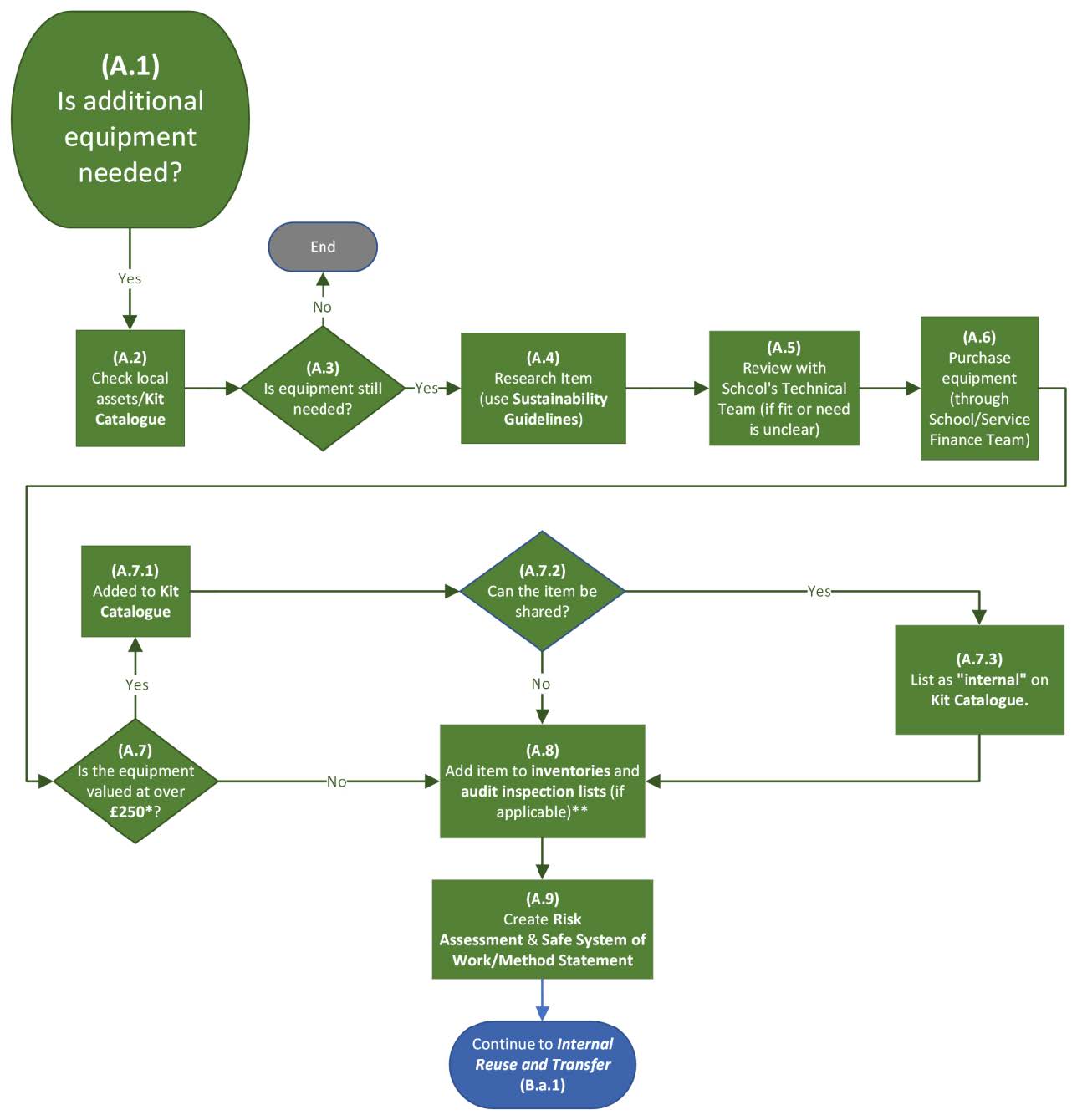 Figure 1. Planning and Procurement Flowchart
Figure 1. Planning and Procurement Flowchart
Purpose: This section emphasises sustainable decision-making, aiming to reduce unnecessary purchases, comply with University policies, and promote financial savings by reusing existing resources.
Key Considerations
- Assess Internal Resources: Before purchasing new equipment, check the Kit-Catalogue, the Sustainable LabCycling Teams Channel and local asset lists for existing items that could meet your needs.
- Sustainability Guidelines: Refer to the Sustainable Procurement Guide for responsible purchasing practices.
Some things to consider in relation to laboratory equipment are:- Life Cycle Analysis: Consider embodied carbon - i.e. CO₂e of production, use/consumption and disposal methods - as part of the Sustainability Guidelines.
- Scope 3 Emissions: Scope 3 emissions account for over 80% of the University’s carbon footprint. The Procurement Team uses the HESCET tool to track and reduce emissions associated with procurement.
- UKRI Disclosure: For purchases over £10,000, compliance with funding bodies such as UK Research and Innovation (UKRI) requires disclosure to ensure transparent, sustainable procurement practices.
- Risk Assessments: Use the Risk Assessment Resources and Safe Systems of Work.
Section B: Internal Reuse and Transfer
Note: The Leasing Sub-Flowchart is not yet ready. This document will be amended when that guidance is created.
This section has two entry points:
- From Section A: Planning and Procurement (B.a.1) - An item is identified as surplus to requirements and enters the reuse and transfer process.
- From a Kit-Catalogue Request (B.b.1) - A user directly expresses interest in an item listed on the Kit-Catalogue, triggering the transfer or leasing process.
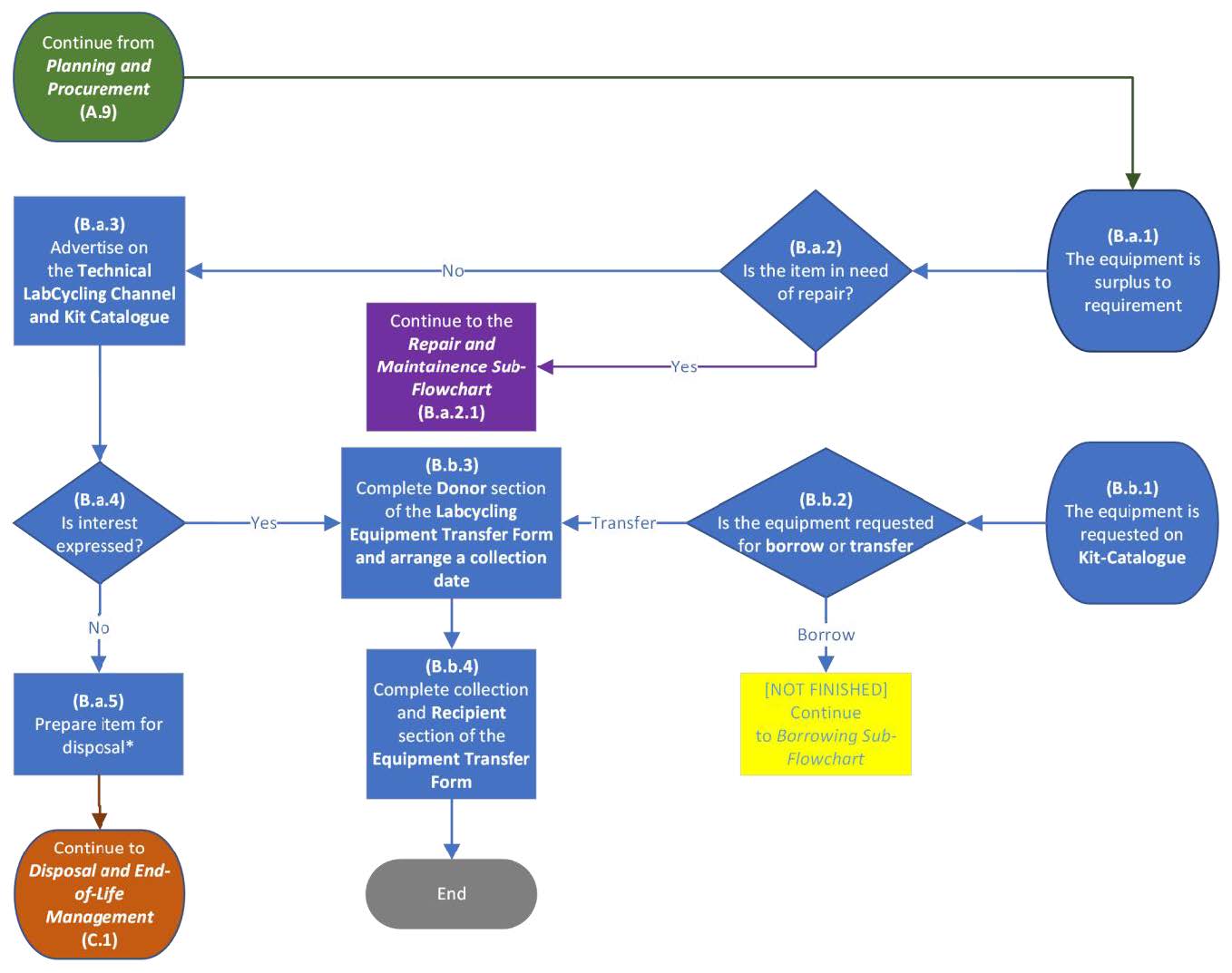 Figure 2. Internal Reuse and Transfer Flowchart
Figure 2. Internal Reuse and Transfer Flowchart
Purpose: This section supports the University’s commitment to resource efficiency by promoting internal reuse and transfer. Proper management of surplus equipment reduces waste, saves money, and ensures that usable items are efficiently redistributed.
Key Considerations
- Surplus Equipment: Items are classified as surplus if they are no longer needed, underutilised, or stored without purpose. If equipment is broken, it should be assessed for repair (see Repair and Maintenance Sub-Flowchart below).
- LabCycling Teams Channel: Access the Sustainable LabCycling Teams Channel. This channel is part of the
Technicians Community Team, which is restricted to technicians. If you do not have access, consult your local technician or technical team. - LabCycling Equipment Transfer Form: Available through Sustainable LabCycling Channel Channel. Access requires membership in the Technicians Community Team, which is restricted to technicians. If you do not have access, consult your local technician or technical team.
- Disposal: Items that cannot be reused or repaired must be made safe for disposal. This includes ensuring the safety of personnel handling the waste and the suitability of the disposal method, such as incineration. Common precautions include removing chemical residues and neutralising hazardous components to minimise risks.
Repair and Maintenance Sub-Process
This sub-flowchart begins when equipment is identified as broken during Internal Reuse and Transfer. If the item is beyond repair, it moves to Disposal and End-of-Life Management.
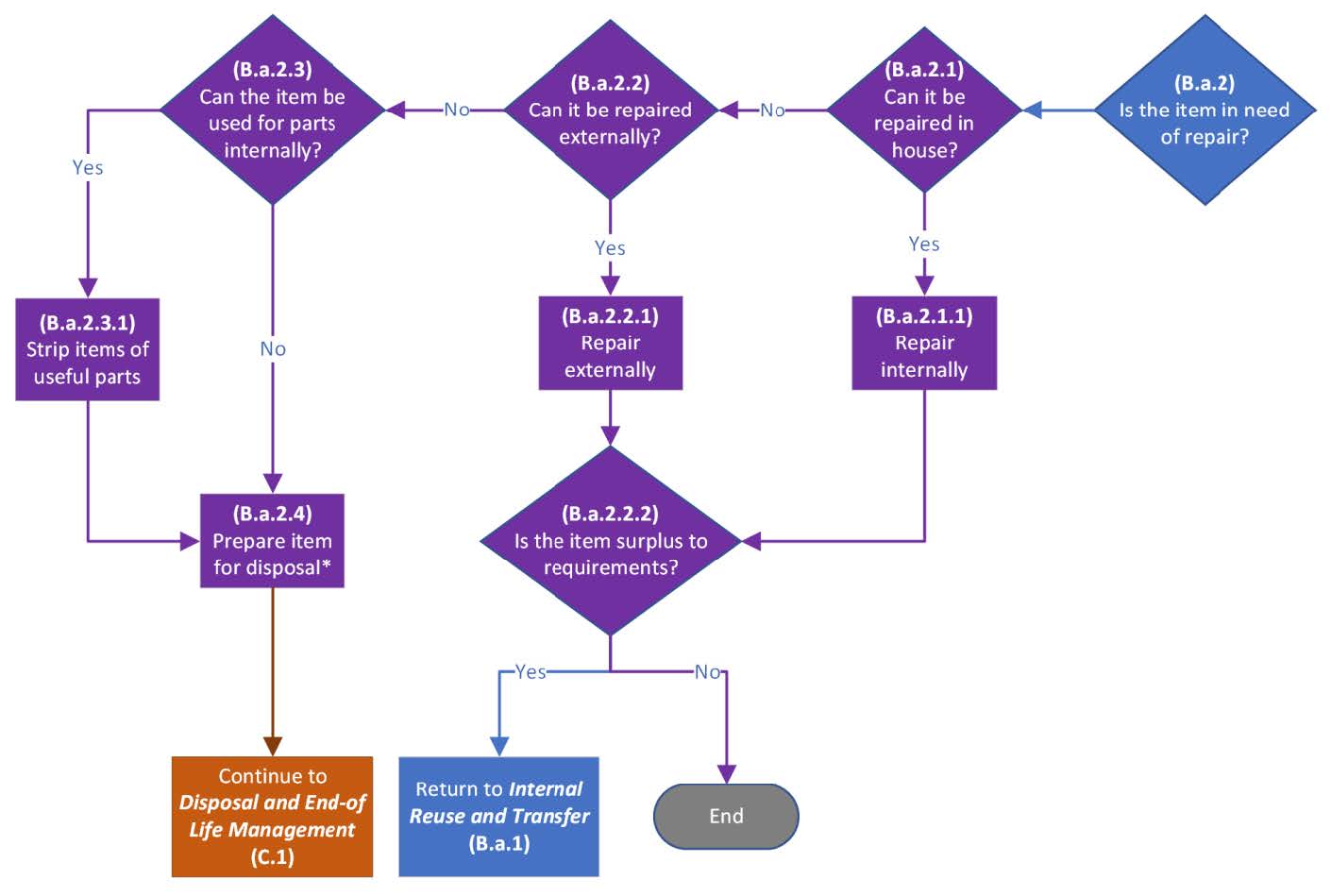 Figure 3. Repair and Maintenance Sub-Process
Figure 3. Repair and Maintenance Sub-Process
Purpose: Extending equipment life through repair reduces the need for new purchases, enhances sustainability, and contributes to financial savings by repurposing functional items.
Key Considerations
- Internal vs. External Repair: Evaluating whether repairs can be
done in-house or require external specialists helps reduce costs and downtime. - Cost-Benefit Analysis: Repairs should be cost-effective, and items should not be repaired if costs exceed 50% of their replacement value unless sustainability factors justify it.
- Compliance and Safety: Equipment repairs must meet University safety standards, including PUWER and LOLER compliance if applicable.
- Inventory Tracking: After repair, ensure equipment status is updated in Kit-Catalogue and asset inventories to track inspections and availability.
- Recycling and Circular Economy: Identify items that can be disassembled and repurposed instead of discarded.
Health & Safety Considerations
- Equipment Risk Assessments: All repairs must be assessed for safety before returning to active use.
- PAT Testing for Electrical Equipment: If an item is electrically powered, it must pass PAT testing after repairs.
Section C: Disposal and End-of-Life Management
Purpose: This section ensures environmentally responsible disposal that meets University compliance, supports sustainability, and reduces waste. Proper disposal, especially for hazardous materials, is essential for health and safety. Equipment reaches this section if it is irreparable, surplus with no internal demand, or fails to meet University reuse standards.
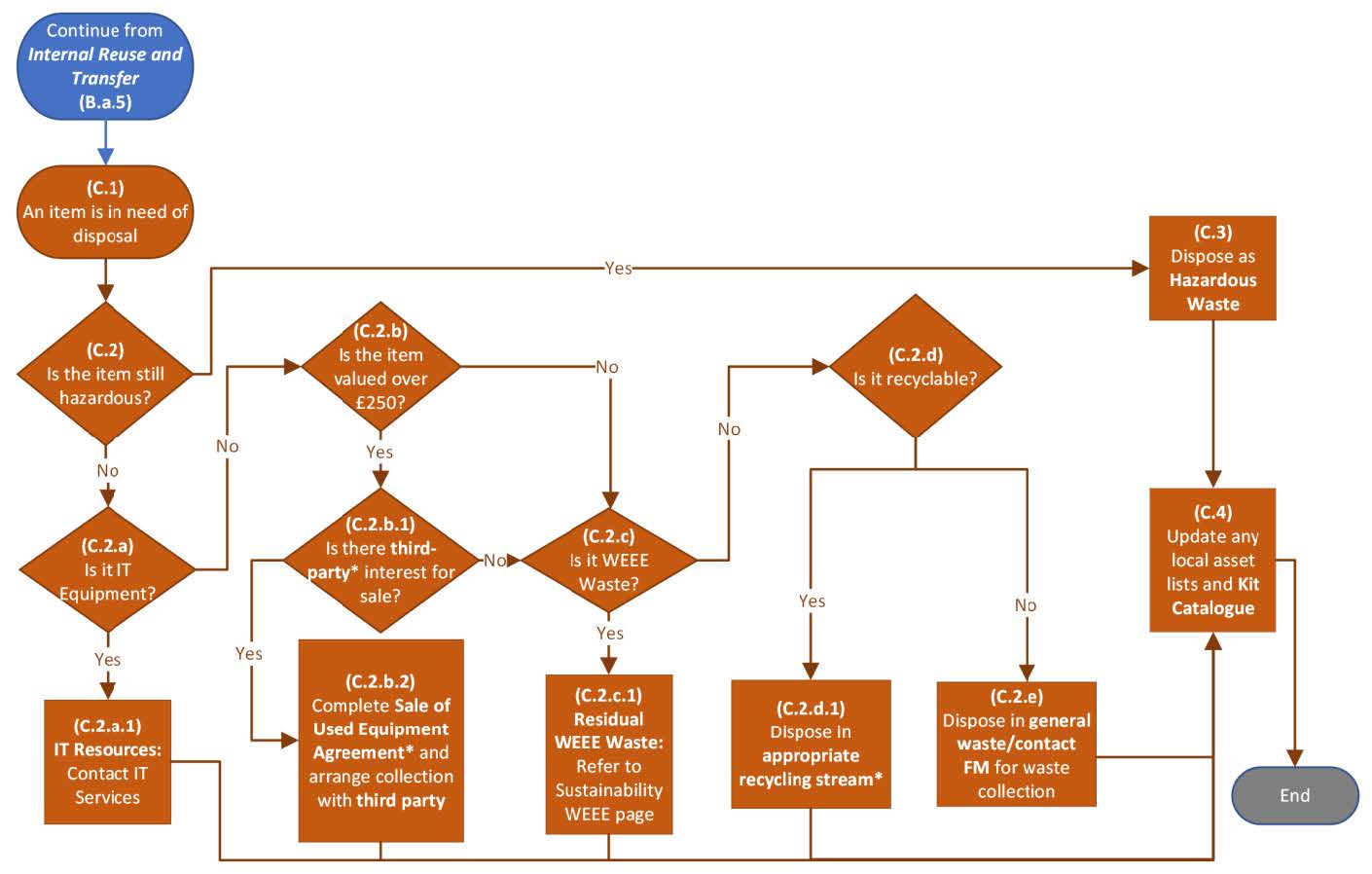 Figure 4. Disposal and End-of-Life Management Flowchart
Figure 4. Disposal and End-of-Life Management Flowchart
Key Considerations
- Environmental Responsibility: Disposal should follow the Waste Hierarchy, prioritising reuse, recycling, and recovery
before landfill. - Compliance with Regulations and Proper Classification: Hazardous waste, electronic waste (WEEE), and
chemical waste must be disposed of per the appropriate University Guidance. IT equipment, hazardous
materials, and general lab waste each require different disposal procedures. - Recycling Guidance: Use the A-Z Recycling Guide.
- Financial Impact: WEEE waste valued under £250 must be sent to the University's designated WEEE waste contractor. Equipment valued over £250 should be reviewed to determine if it holds significant enough value to be sold to a third party before disposal.
- Third-Party Disposal: If equipment cannot be repurposed or disposed of internally, companies such as UniGreenScheme may purchase used or broken items. This approach is preferred over disposal, as it facilitates reuse and recycling in line with sustainability goals. A Sale of Used Equipment Agreement must be signed by both parties before the transaction.
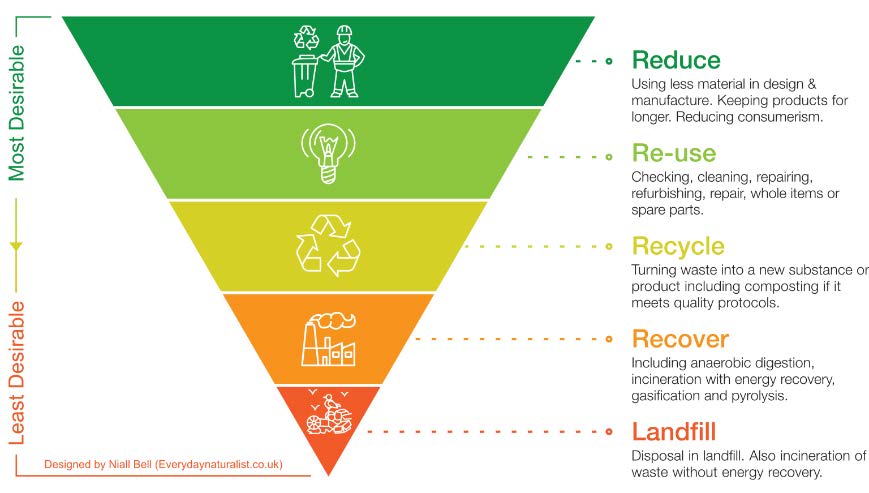
Figure 5. Waste Hierarchy
Compliance & Record Keeping
Purpose: Ensuring all aspects of equipment management adhere to University policies, regulatory requirements, and best practices.
Key Considerations
- Regulatory Compliance: Equipment must comply with PUWER, LOLER, and WEEE regulations where applicable.
- Role-Based Responsibilities:
- Procurement Team: Responsible for compliance at the purchasing stage.
- Technical Teams & DAPs: Ensure repairs and maintenance align with safety and compliance requirements.
- Sustainability Team & E&FM: Oversee disposal and end-of-life processes.
- Compliance Checklist:
- Confirm equipment necessity before purchase.
- Conduct necessary risk assessments and record in Kit-Catalogue.
- Track inspections and maintenance records in asset inventories.
- Ensure disposal aligns with WEEE regulations and sustainability goals.
Resources
Kit-Catalogue
Please be aware that Kit-Catalogue may not be in use at the time of reading. Use the inventory management system that is current and appropriate at that time.
The Kit-Catalogue (https://equipment.lboro.ac.uk/) is an essential tool for managing University equipment. It is
used for:
- Procurement: Checking existing inventory before purchasing new items.
- Internal Reuse and Transfers: Listing surplus equipment for potential reuse.
- Asset Tracking: Ensuring items over £250 are recorded for financial and compliance purposes.
- Compliance: Maintaining records required for PUWER, LOLER, and Health & Safety audits.
References to Kit-Catalogue throughout this document link back to this centralised system for consistency.
Internal Resources
- Kit-Catalogue - https://equipment.lboro.ac.uk/
- Procurement Page - https://internal.lboro.ac.uk/info/finance/staff/purchasing/
- Sustainable Procurement Guide - https://www.lboro.ac.uk/media/media/services/sustainability/downloads/Sustainable-Procurement-Guide.pdf
- Risk Assessment Resources - https://www.lboro.ac.uk/services/health-safety/documents/completing-risk-assessments/
- Safe Systems of Work - Risk Assessment Policy | Health and Safety Service | Loughborough University
- Sustainable LabCycling Teams Channel - https://teams.microsoft.com/v2/?clientexperience=t1
- A-Z Recycling Guide - https://www.lboro.ac.uk/services/sustainability/waste-recycling/a-z/
Compliance & Disposal
- University's WEEE Disposal Policy - https://www.lboro.ac.uk/services/sustainability/waste-recycling/weee/
- Hazardous Waste - https://www.lboro.ac.uk/services/health-safety/safety-topics/hazardousmaterialincludingbiologicalandchemical/hazardous-waste/
- Chemical Safety Policy - https://www.lboro.ac.uk/services/health-safety/documents/chemical-safety-policy/
Sustainability & Procurement
- UniGreenScheme (Third-Party Disposal) - https://www.unigreenscheme.co.uk/
- Sale of Used Equipment Agreement - LU Precedent - Sale of Used Equipment From LU to a Company Final v.4 20210729 (1).docx
Contacts and Queries
|
Contact |
Details |
|
Sustainability Team |
|
|
Technicians Commitment |
|
|
IT Services |
|
|
Health and Safety |
Review
|
Last Reviewed |
Reviewee |
|
30/09/2025 (published) |
Rainer Fernandes, Carolyn Kavanagh (Technical Sustainability Champions) |